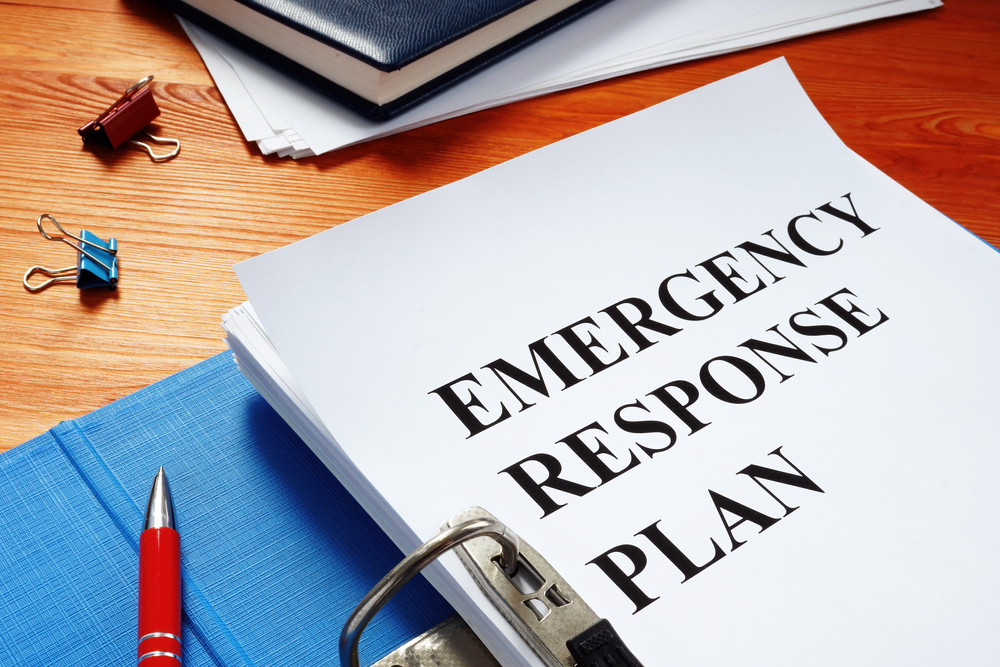Are you prepared if your facility experiences an emergency? Don’t risk unnecessary harm to your building or its occupants if you haven’t prioritized this important part of facilities management. When disasters and security issues occur, facilities managers need to act quickly and ensure they have effective plans to deal with emergency situations.

During Facilities Management Advisor’s FM Now: Emergency Preparedness virtual summit, David Trask, National Director from ARC Facilities, shared four ways you can prepare and prioritize emergency preparedness in facilities management operations.
1. Collaboration and Cross-training
Trask said it’s important that facilities, emergency management, and security teams collaborate so they can protect buildings and people from a variety of crises and emergency scenarios.
“Everybody has to be on the same page,” Trask said, adding that “everyone should have access to the same information, so everyone can respond, and everyone can help get the building back up and running, not just one person.”
This can be done through cross-training, which includes building familiarization, so that members of each department understand each other’s roles and can sub in if a team is short-handed.
“When are you doing the cross-training? Are you doing it once a month? Are you doing it once a quarter? Are you doing it once a year, or are you doing it never?” Trask asked.
2. Having An Integrated Approach
Facilities managers, emergency managers, and security managers should also have an integrated approach to safety and security, Trask said.
This can be done by:
- Encouraging coordination and communication between the three teams to allow a rapid response to minimize risks during emergencies.
- Obtaining quick access to accurate and up-to-date building information, like floor plans and shut-off points, using a smartphone app.
3. Employing Mobile Solutions
Facilities should also have a mobile solution when prioritizing an emergency management solution, and there are three reasons why, Trask said.
These include:
- Instant availability: Accessing critical information to have quicker responses, save lives, and reduce the financial impact.
- Centralized data: Have a single point to access building data.
- Real-time updates: View the latest facility data during an emergency.
4. Upgrading Technology
Consider integrating advanced technologies into your facility, which could improve emergency response. These could include:
- Biometric scanners and keycard entry: Provides access control and can be effective in lockdowns.
- Surveillance cameras: Offers valuable information allowing teams to assess and respond.
- Mass notification systems: Share critical information via alerts and updates.
Regarding the last point, Trask said, “One organization [I have talked with] said that they have a mass notification system where they can hit a button, either under the desk, or go to a particular app on their phone.
“They can tap it and basically a message pops up on every single person’s computer and they also send out an alert to everybody who’s in that group that says we have either an intruder or there’s an active shooter,” Trask said.
Learn More
During the session, Trask also spoke about emergency scenario specifics; emergency responsiveness impacts; creating a building shutdown checklist; creating rapid shutdown and restart procedures; enhancing business continuity before, during, and after an emergency; and much more.
To watch the entire webinar on-demand for free, click here.
